Shanghai: China’s Hyperkinetic Mega City
Before the banking crisis of 2008 a quarter of all the construction cranes in the world were in use in Shanghai. The rapidity of growth in Shanghai has been breath-taking. The Shanghai guidebook I used as a reference to the city was 3 years old in 2011, the year I visited. Near the back of that book was a map of the Shanghai subway system showing 6 different subway lines. By the time I arrived there were 13 subway lines!
With a population of over 20 million, Shanghai is a megalopolis. It’s galloping growth has been largely fueled by the throngs of country dwellers pouring in to flee the poverty of the countryside.
If you arrive in Shanghai via Pudong International Airport you have the option of journeying to the center of the city by taking the Maglev train in. This should not be missed.
The Maglev is the fastest train in the world. It can top out at 430 km/hour (270 miles/hour). Each car has a digital speedometer displayed overhead that allows passengers to know the speed the train is going. The ride is quite smooth and reasonably quiet until another train going the opposite direction passes by. Oncoming trains announce themselves with a loud bang as air is rapidly compressed between the sides of the passing trains. This lasts only a fraction of a second because of the incredible speed the trains are moving past each other. It’s quite a jolt when it happens to you the first time.
Maglev is short for “magnetic levitation”. The smoothness of the ride is due to the fact that the train travels along a guideway that uses magnetic forces that provide lift as well as propulsion. Friction is greatly reduced this way.
The Maglev travels 30.5 km from the airport to the outskirts of central Pudong in only 8 minutes. It’s like an allegory for the breakneck pace of development in Shanghai in recent decades.
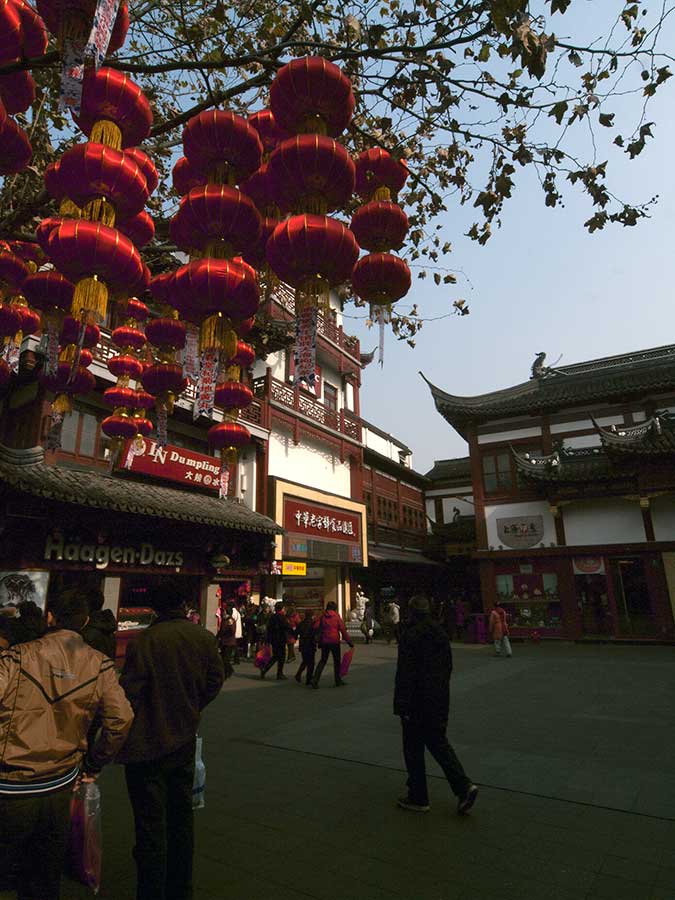
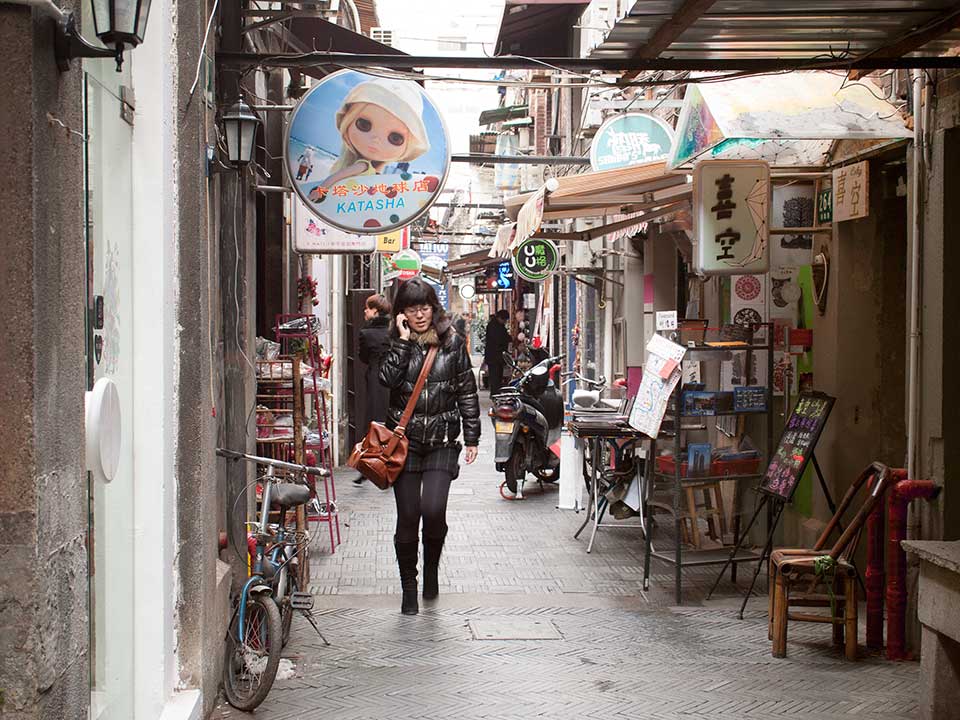
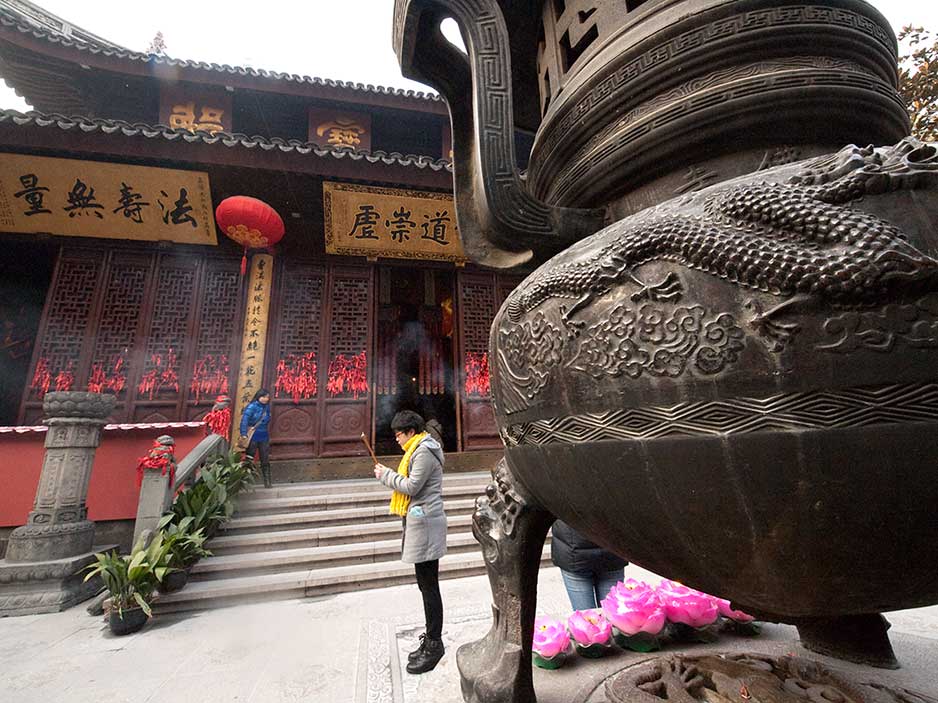
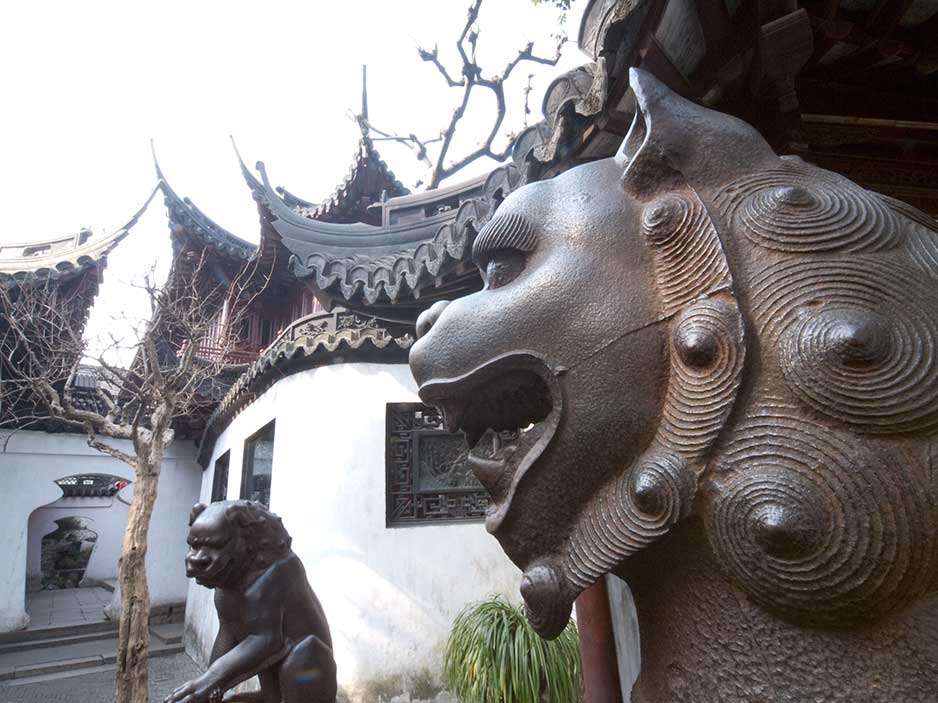
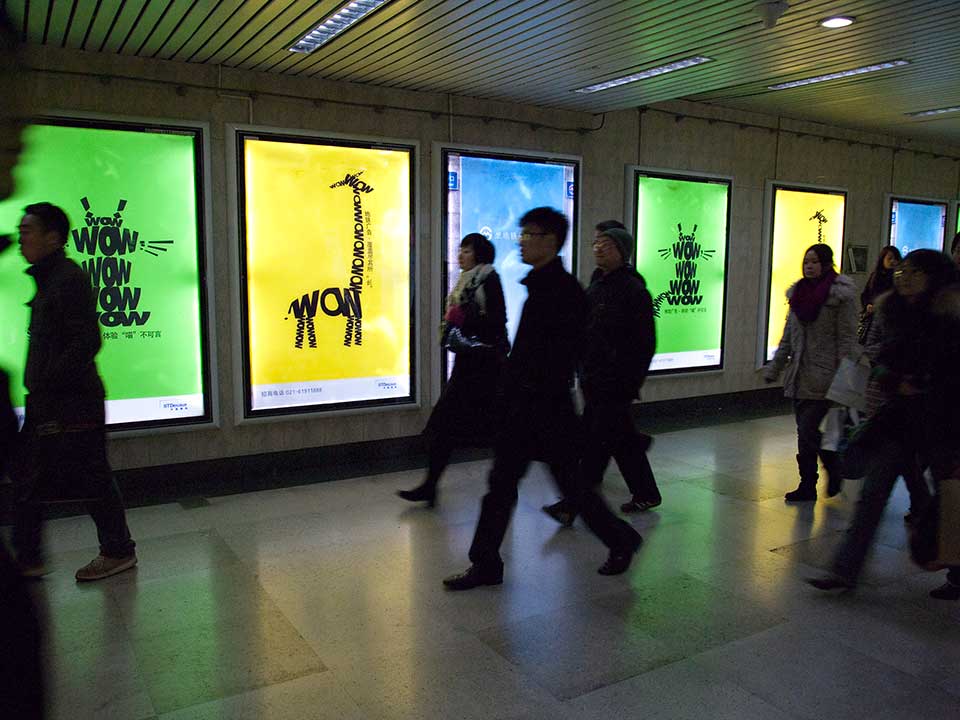
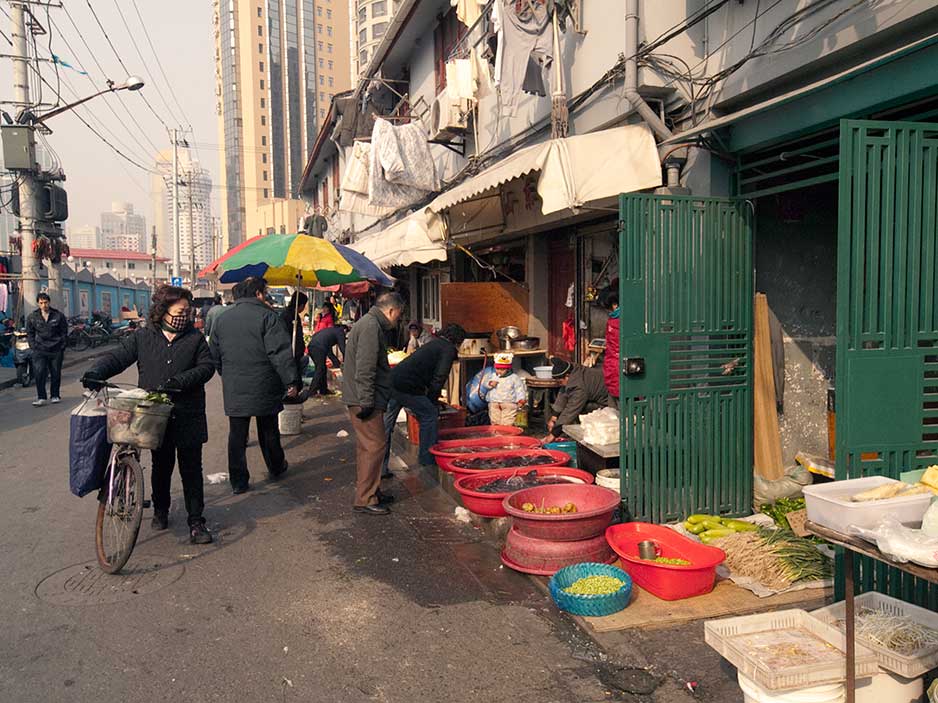
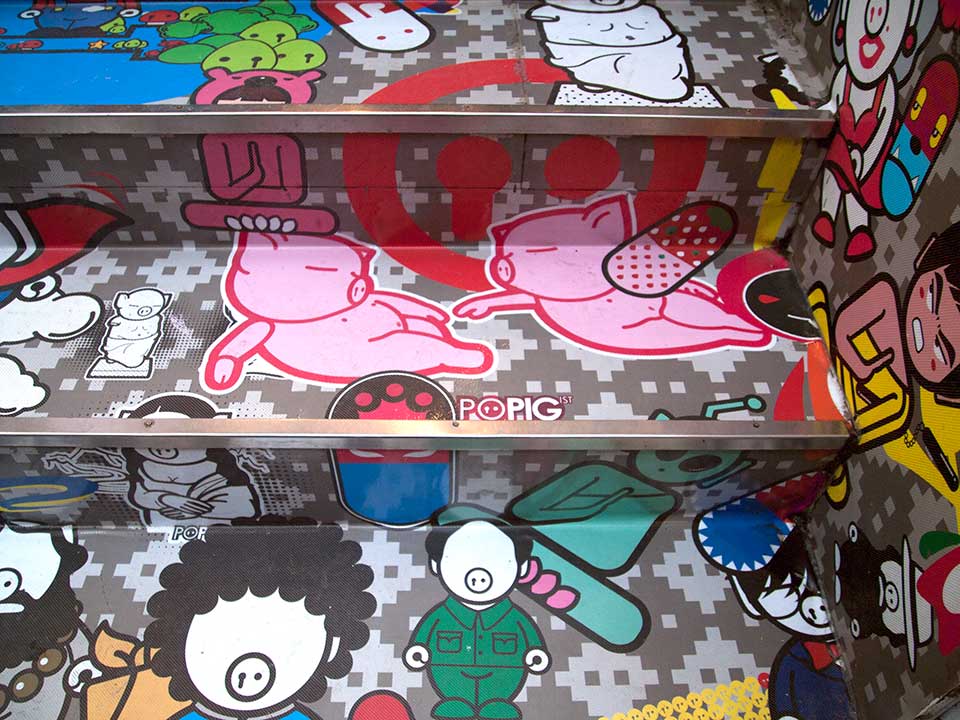
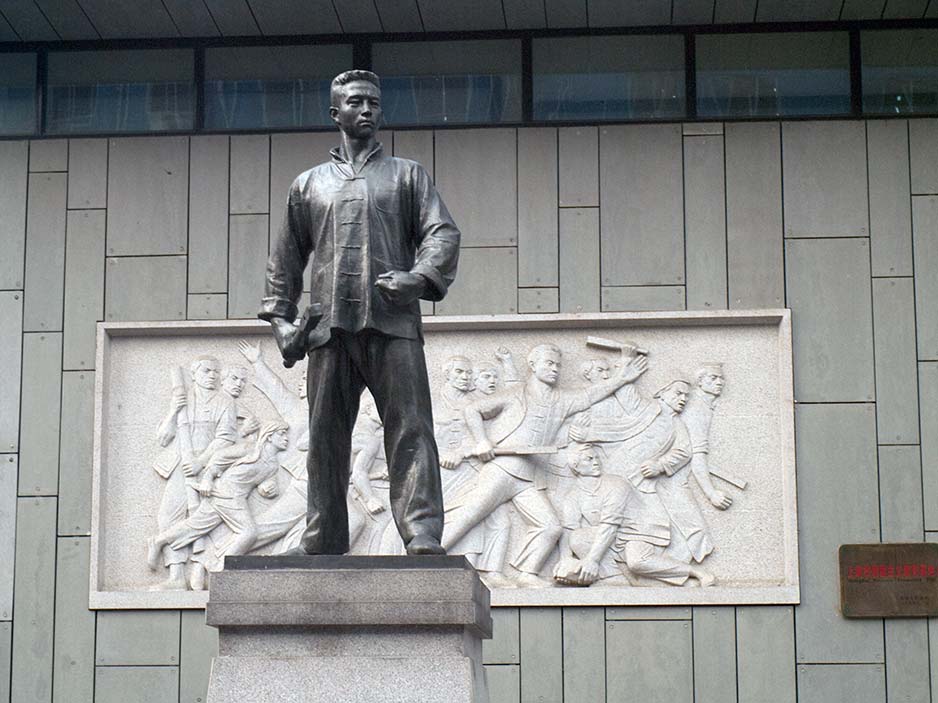
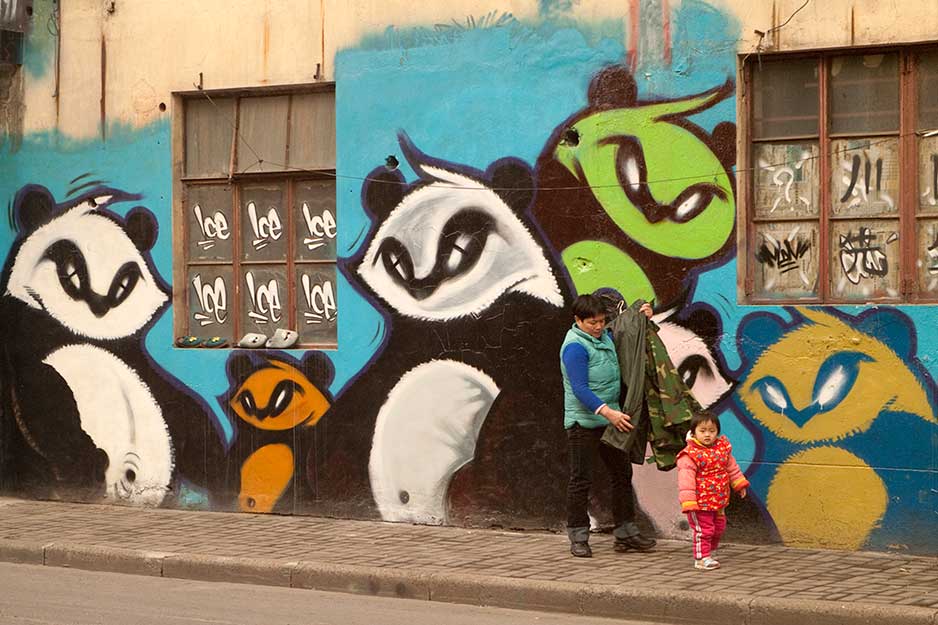
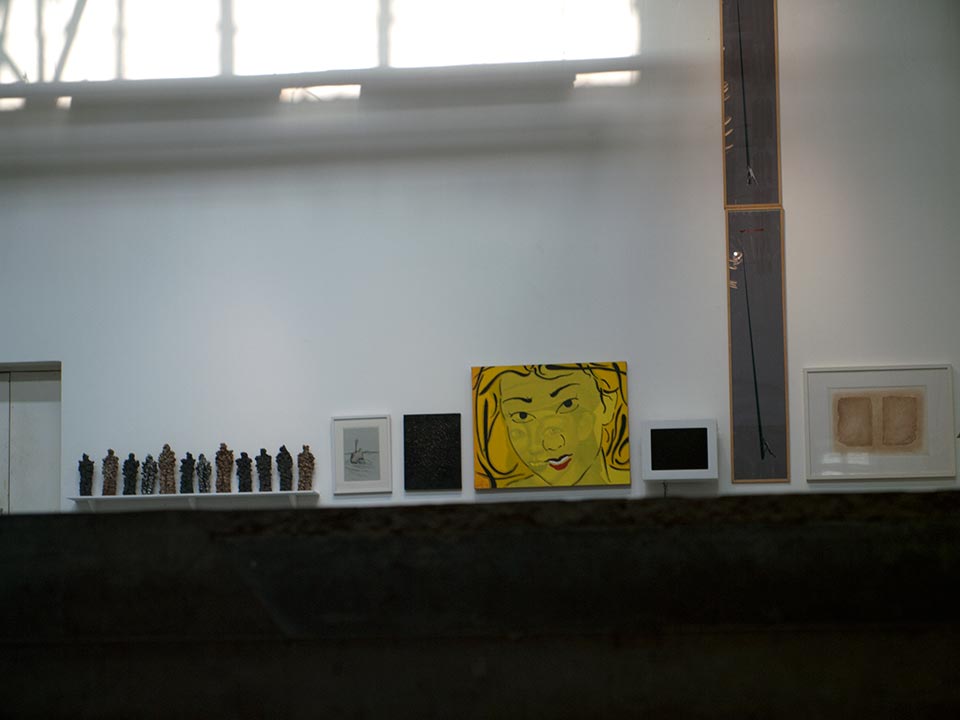
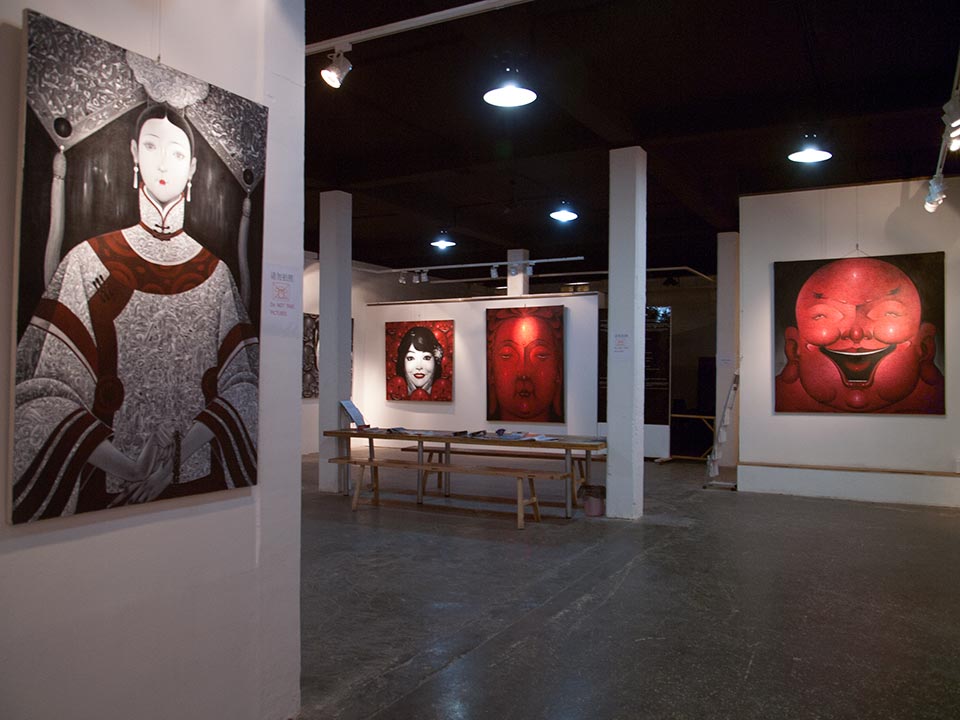
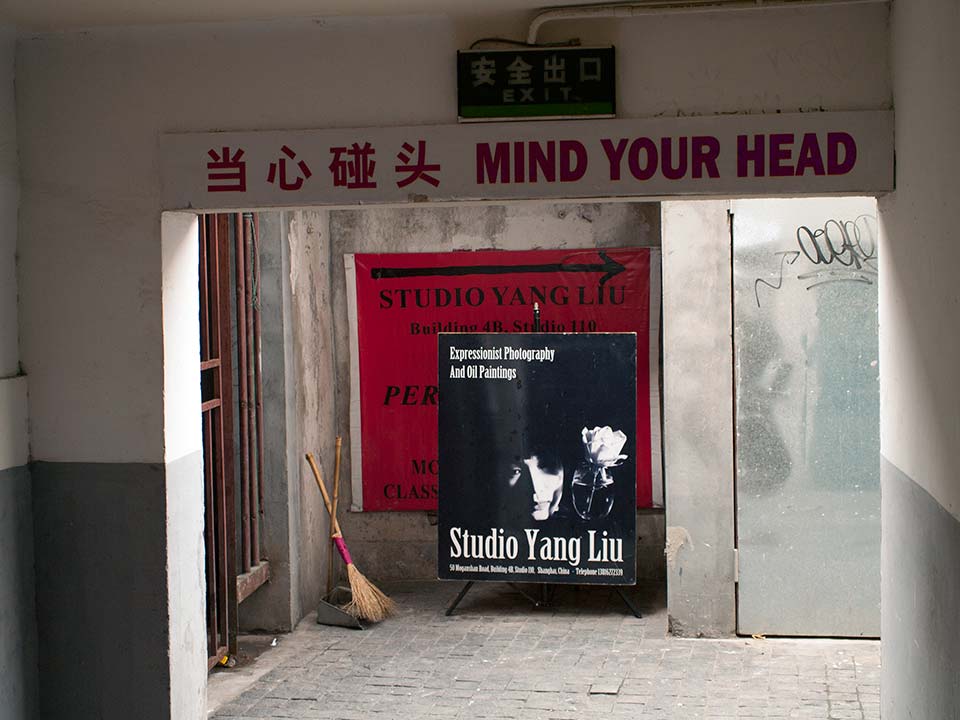
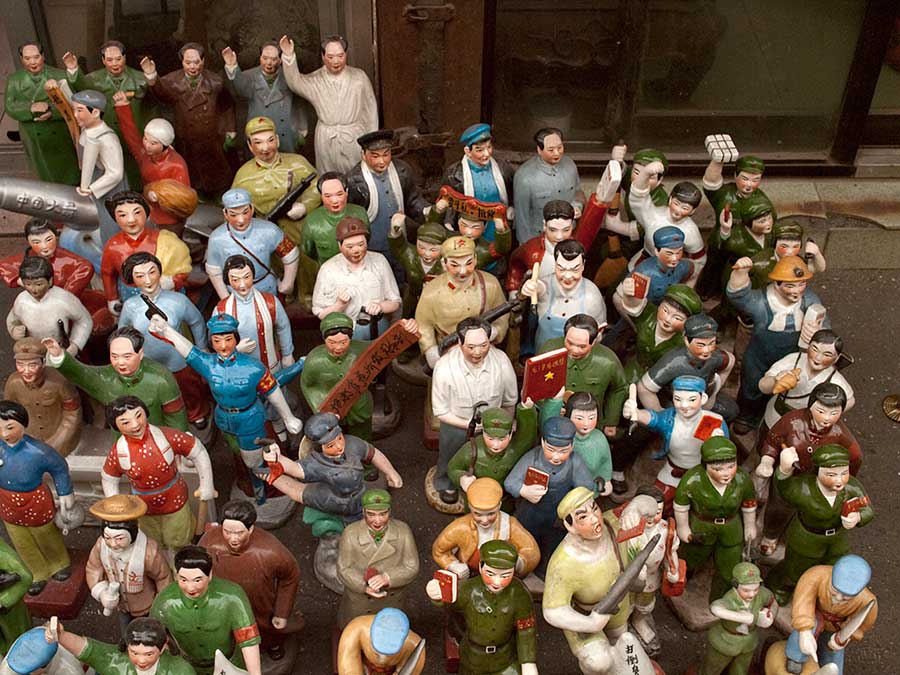
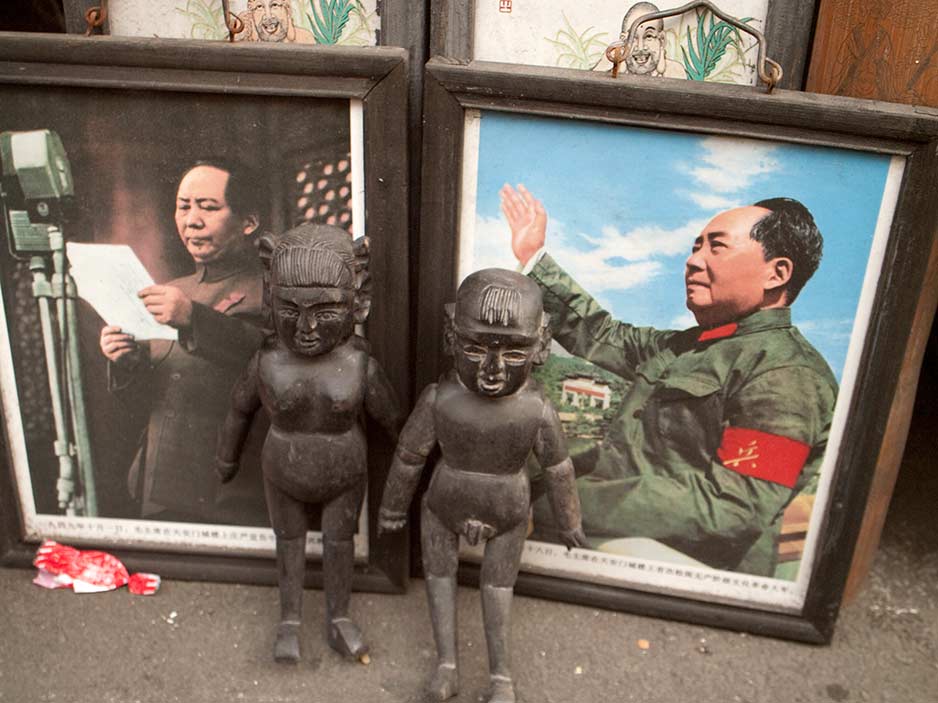
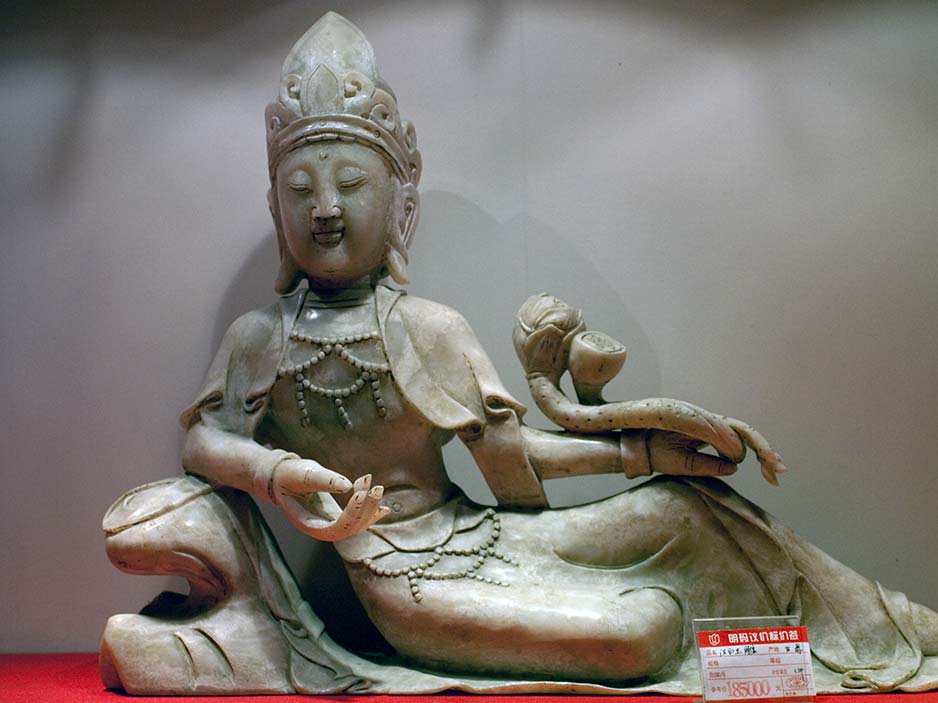
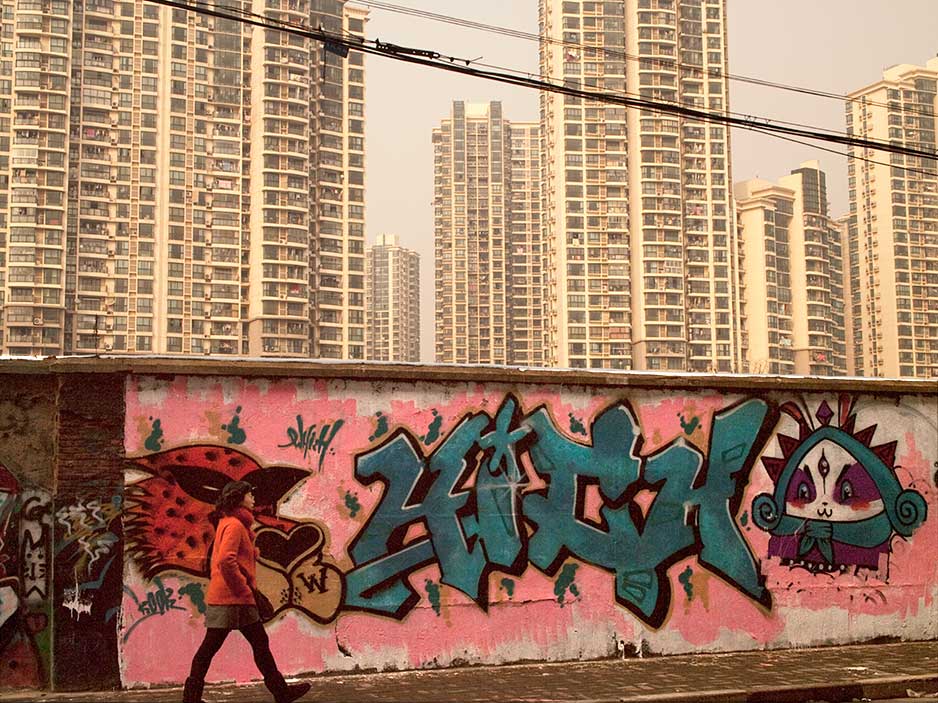
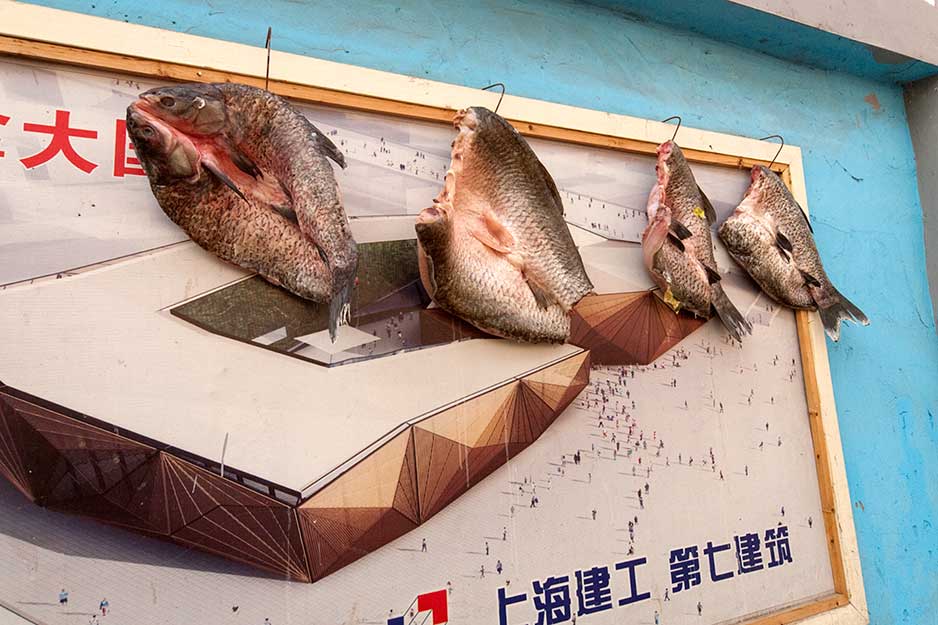
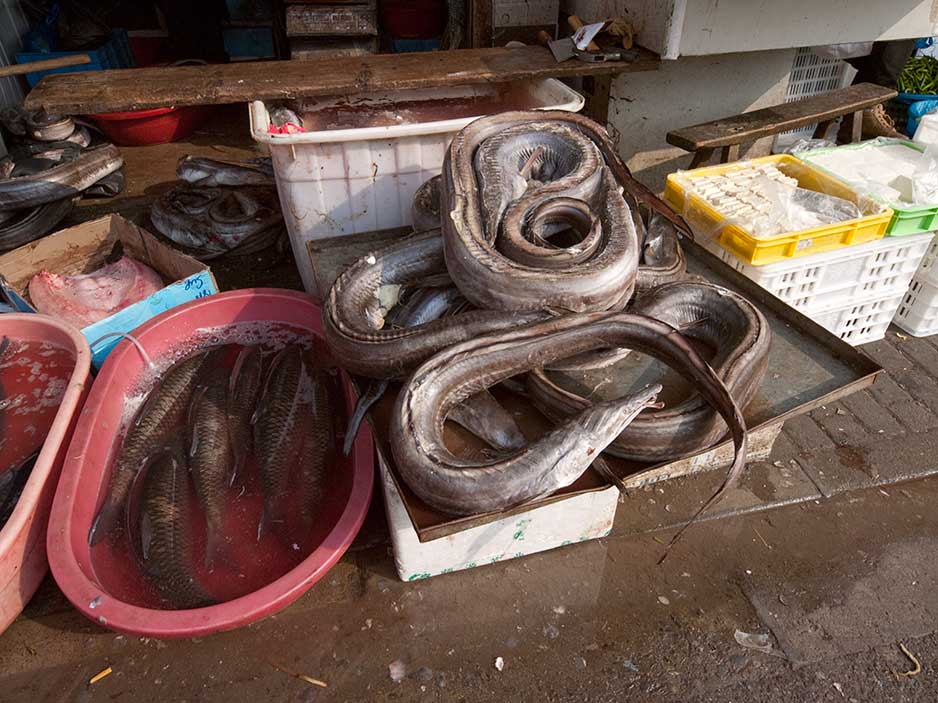
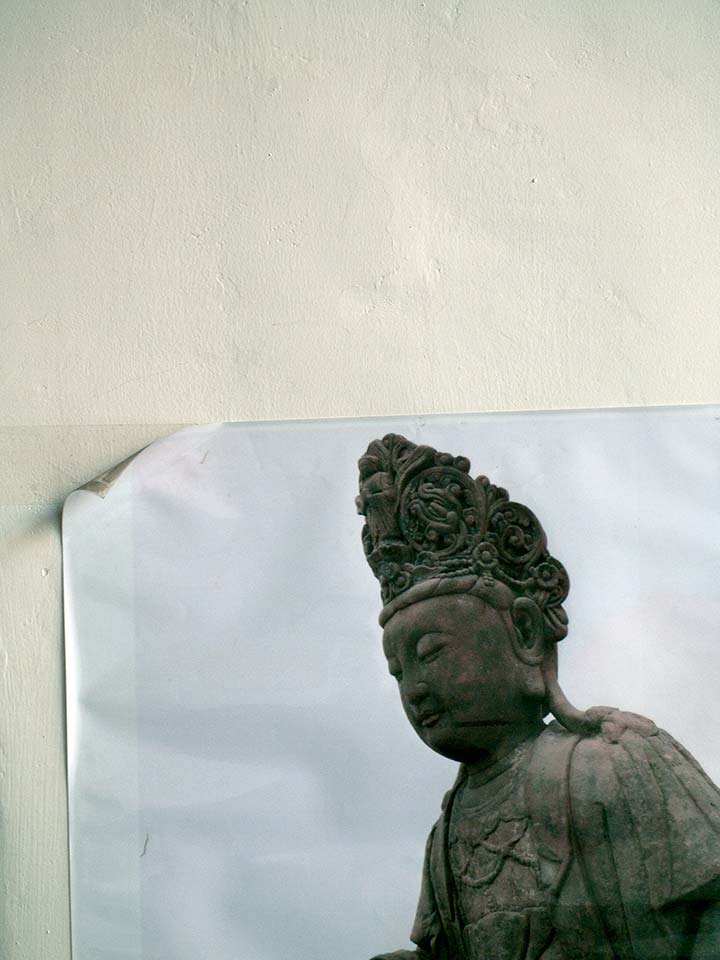
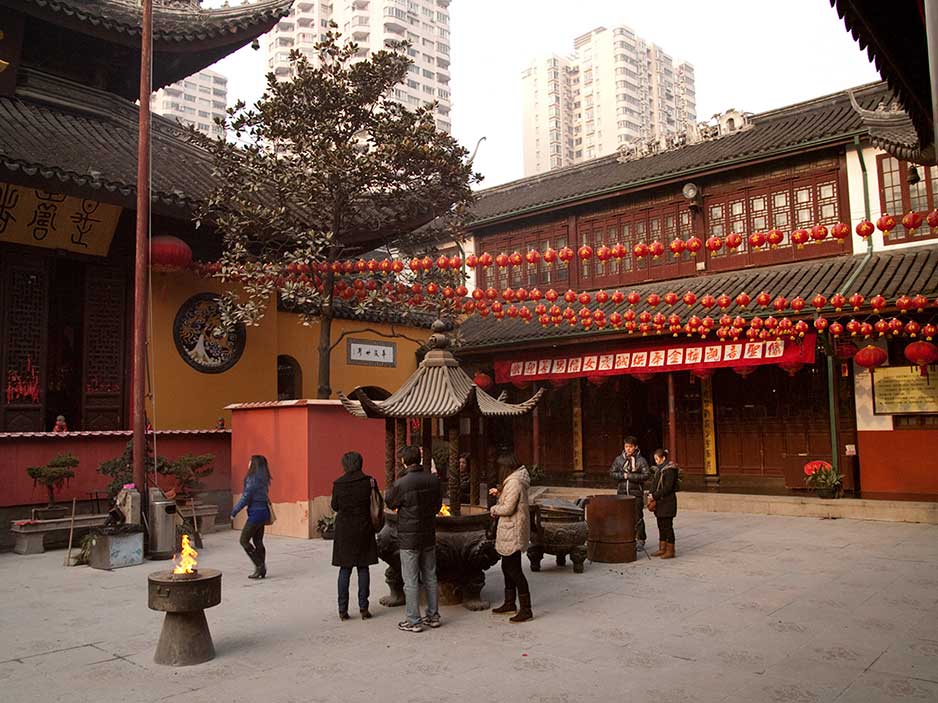
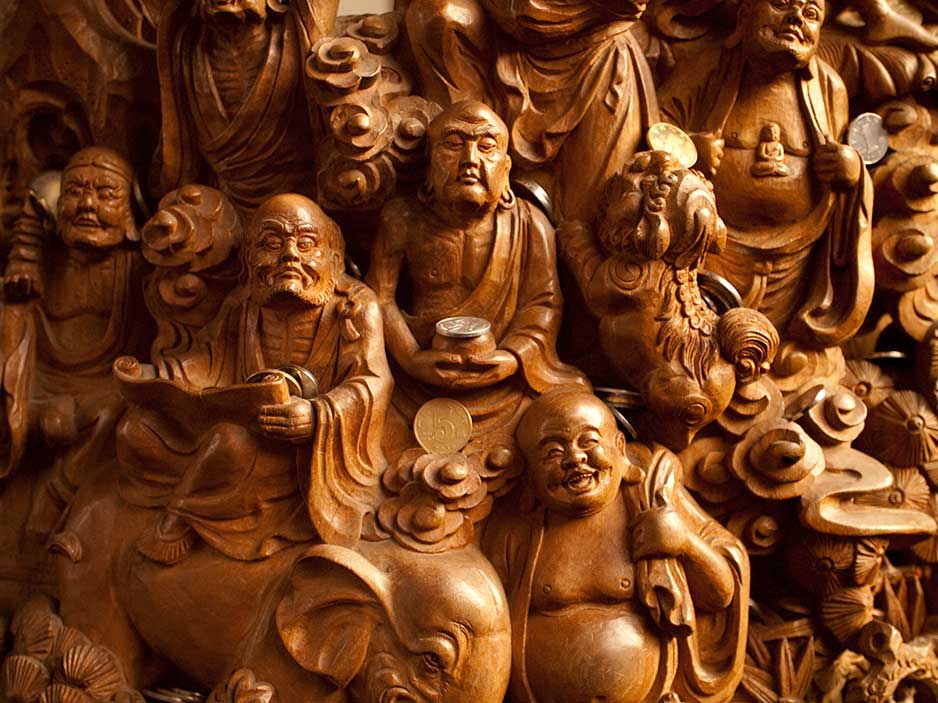
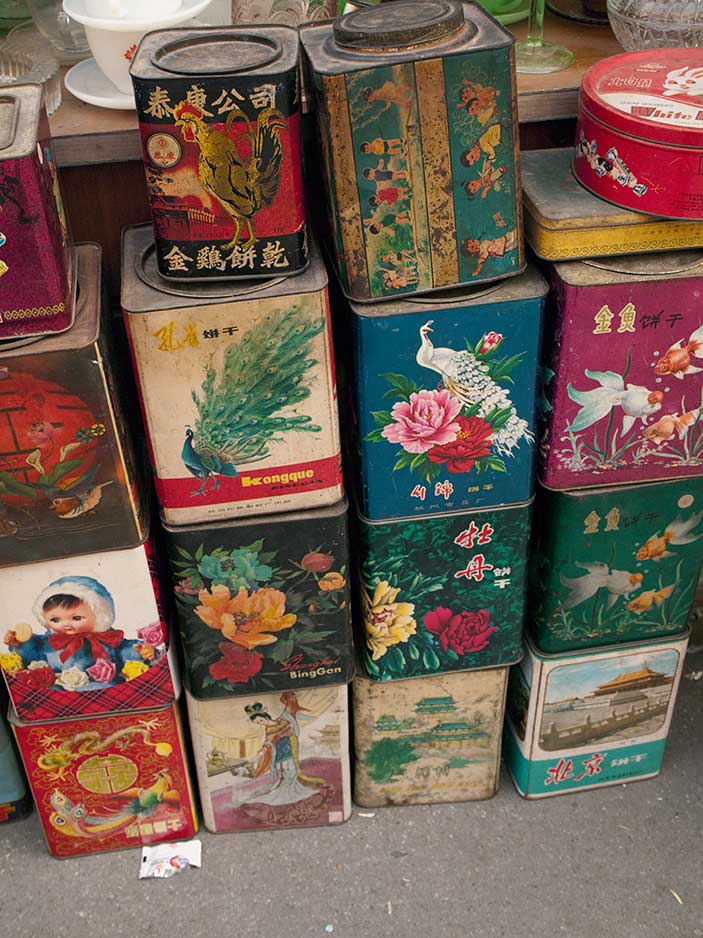
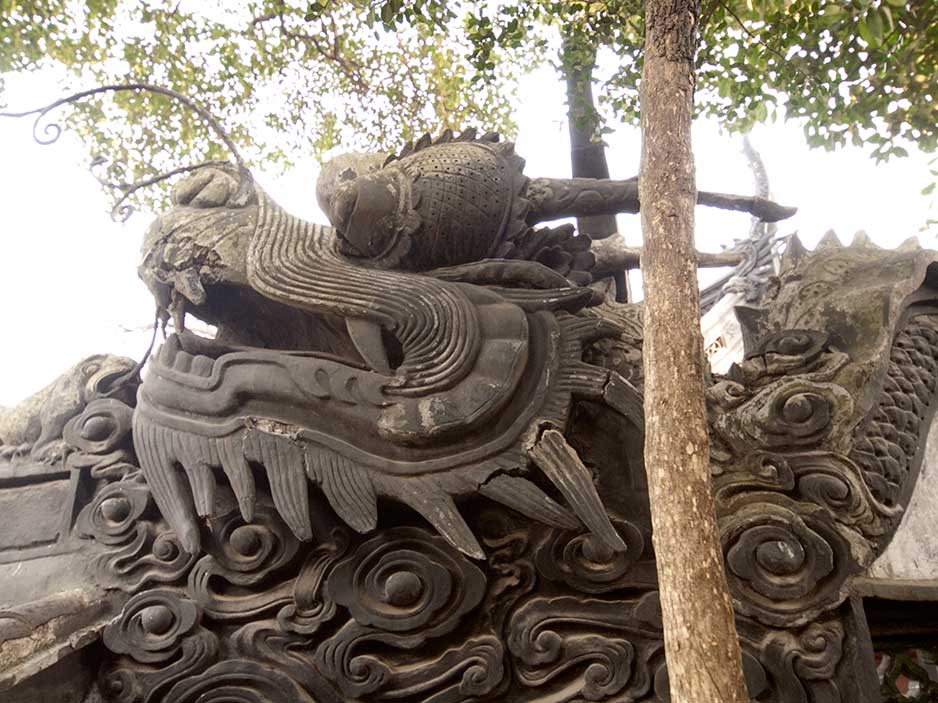
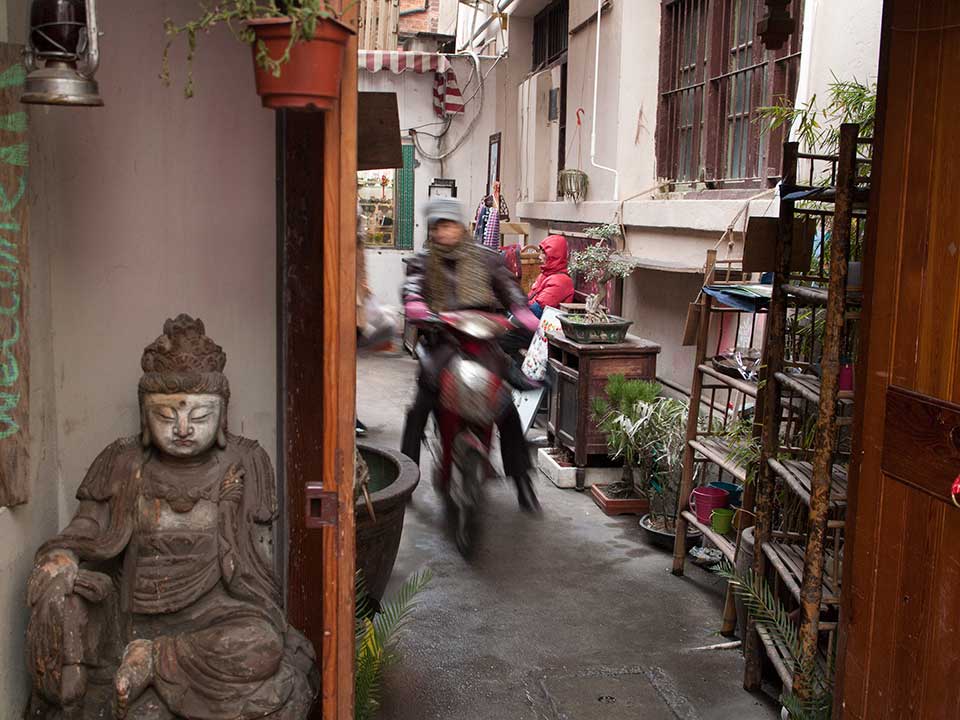
Shanghai’s transit system is a great way to get around the city. The stations and cars are all very new and all the signage is in English as well as Chinese. Like Beijing, street signs are also bilingual English and Chinese which makes finding your way around easy.
The Old City is an interesting place to walk around in. Many of the older structures here have succumbed to the wrecking ball and been replaced with modern steel and glass edifices. New developments will inevitably continue this transformation. However when I visited the Old City there were still some bits of traditional life evident there. I stumbled upon an open air meat and fish market that was anything but modern. None of the goods there were on ice. Slaughtered chicken and duck carcasses hung in the open air without benefit of refrigeration or wrappings.
The Old City is the site of Yu Gardens which dates back to the 16th century. It’s a pleasant and relaxing place to escape the commercialism of Shanghai. Adjacent to Yu Gardens is the Yuyuan Bazaar which looks rather like a theme park version of what a Chinese town should look like. Perhaps not surprisingly, it’s full of souvenir shops. There was a restaurant in Yuyuan Bazaar that supposedly has some of the best dumplings in the city. I was eager to try some until I saw how long the line up to get in was.
The Bund is a stretch of roadway on the western banks of the Huangpu River that’s lined mostly with banks housed in buildings dating back to the early 20th century when China was largely controlled by European powers. This is the place to go to see the skyline of Pudong on the opposite shores of the river. More than any other vista in the city the view of Pudong from the Bund is iconic Shanghai. At night the skyscrapers of Pudong are lit in an array of bright, gaudy colours that continually change into other bright, gaudy colours. The effect is quite gauche actually. This is a shame because some of the high-rises themselves are majestic.
Running westward from the Bund is a street called Nanjing Dong Lu. This is a major shopping thoroughfare that attracts many prostitutes and scam artists. It’s also plagued with young people, mostly women, who are paid to resort to aggressive sales pitches to lure people into a store to be pressured into buying something. It’s the only place in Shanghai where I ran into this kind of shadiness. After my first visit I resolved not to return. It’s best avoided.
Beijing has the 798 Arts District as it premier showcase for Chinese fine arts. Shanghai has a smaller version of this in the Moganshan Arts District also known as M50, after its address on Moganshan Road. Here visitors can walk through a variety of galleries and studios and check out the work of some of China’s best artists. The quality of work is high and anyone who appreciates visual art would enjoy a visit. In contrast to 798, Moganshan features some affordable artworks for sale. I bought a small painting and a couple of prints for very reasonable prices.
Outside of the Moganshan Arts District, along Moganshan Road is a blocks-long display of street art. Once again, the quality of the work is impressive. I did not see street art anywhere else in Shanghai. Perhaps Moganshan Road is the only place in the city where it is welcomed.
One area of Shanghai that was rejuvenated in a manner that paid respect to the past is Xintiandi. Many of the original stone walls of the former homes in the project were left standing. In addition, some of the narrow alleys from the previous incarnation of the neighbourhood were preserved. What was once a residential precinct has been converted into a pastiche of modern restaurants, boutiques, and heritage buildings. It has the ambiance of a somewhat hip small town.
One old building in Shanghai that seems certain to avoid demolition is the Jade Buddha Temple. Built in 1882 it now sits surrounded by high-rise modernity. It’s very much an active place of worship. During my visit many worshipers were burning incense and bowing before one of the several Buddhist effigies on the site. No one seemed troubled by my presence. It’s no problem to take photos inside the temple but for some reason you are not allowed to photograph the large jade Buddha statue that’s housed in its own separate pavilion.
Beijing is the only other Chinese city I’ve been in so naturally I made comparisons between it and Shanghai. Shanghai undoubtedly has much to offer the visitor in terms of nightlife and culture but on the whole I preferred Beijing because it contains so many fantastic historic places. Shanghai is mostly lacking in that department. It’s a city that exudes youth, vitality, and the love of money. It can’t compete with Beijing’s UNESCO World Heritage sites like the Forbidden City and the Great Wall (which I admit to not going to see). Still I’m aware that I didn’t spend enough time in either city to be able to form definitive impressions of them.